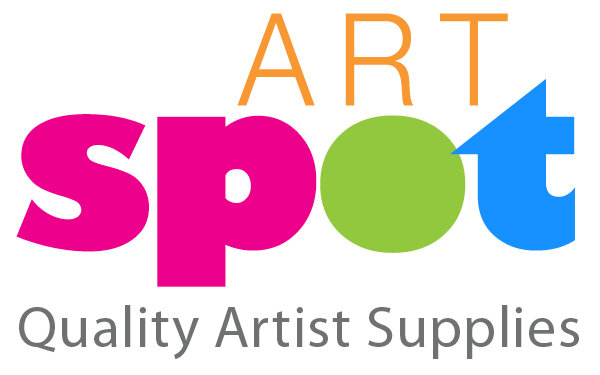By Paula White, Guest writer and fan of ARTspot, Edmonds
Most of us live on budgets, trying to make our money stretch as far as possible. There's lots of ways to do this if you're willing to spend a little time doing some research. One of my top money savers has been finding free or inexpensive painting lessons online. While these will never replace a real classroom experience, they are very helpful in expanding your exposure to different styles and different teachers.
One of the best places I've found so far is artistsnetwork.tv For just under $20 a month, you have access to hundreds of workshops from a wide variety of accomplished artists. You can stop and start at any time. These are a great compliment to actual classroom work.
Another way to stretch your money sounds like an oxymoron: use more paint! So many of us squeeze out too little paint on our palette, not wanting to waste any of it. If you're using a single color, this won't be a problem. The issue arises when you're mixing colors. You will waste paint and time, often becoming frustrated as you try to recreate the color you've been using. You will also miss out on the opportunities painting without worry brings you. You will paint more freely, bringing out the depth and beauty you've been striving for. Sometimes you'll get some happy surprises along the way.
I can hear those who paint with oils cringing and crying out about how expensive oil paint is. If you plan ahead and have extra canvases with you, you can use any leftover paint for the underpainting for one or more of your next projects. Try it the next time you paint.
Paula at the ARTspot studio creating a painting with water soluble oil paints and applies solely with her (gloved) fingers.
If you are new to painting or thinking about trying it out, you'll probably be tempted to buy the least expensive paints, often in a set, so you can get the largest variety of colors. Don't do this! You only need four colors to start painting, usually ultramarine blue, cadmium yellow, permanent rose (or a different red) and burnt sienna. Different instructors may change those up a bit, but it comes down to the same thing. You can mix most everything with the 3 primary colors and burnt sienna. You don't need to buy the most expensive paints, but you should buy good quality paint. There's a wide selection of student or student/artist grade to choose from. You'll be happy you did.
If you are trying out watercolors, the same thing holds true for paper. Buy a good student grade paper. The cheaper paper will frustrate you and the more expensive will be wasted as you learn how much water to use with your paint.
If you're not sure what you'd like to do, enroll in a Try It class. These are a great opportunity to try something new without having to buy all the supplies needed to for the project. If there's a particular artist who's work you admire, take a class from them. It may seem costly, but it is something you won't regret. Something about their work already speaks to you. Learning how they do it will make you a better artist.
Support your local art store.I love ARTspot in downtown Edmonds. It is staffed with wonderful artists who are happy to help you get what you need. They are knowledgable and happy to share their knowledge. They want you to be successful. They can deliver the tools, the rest is up to you.
And the most important thing I've learned: set aside time each day for art. It doesn't matter if it's just ten minutes. Tapping into your creativity will make your day better.

